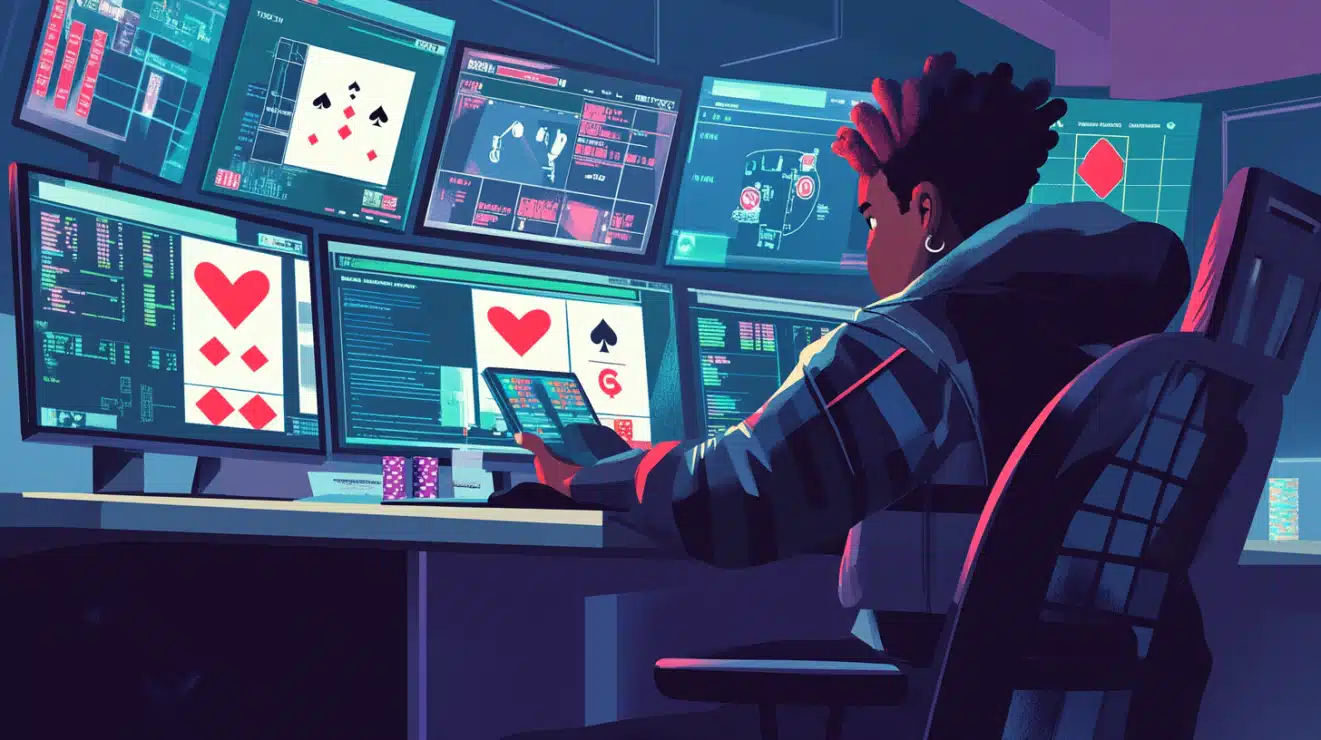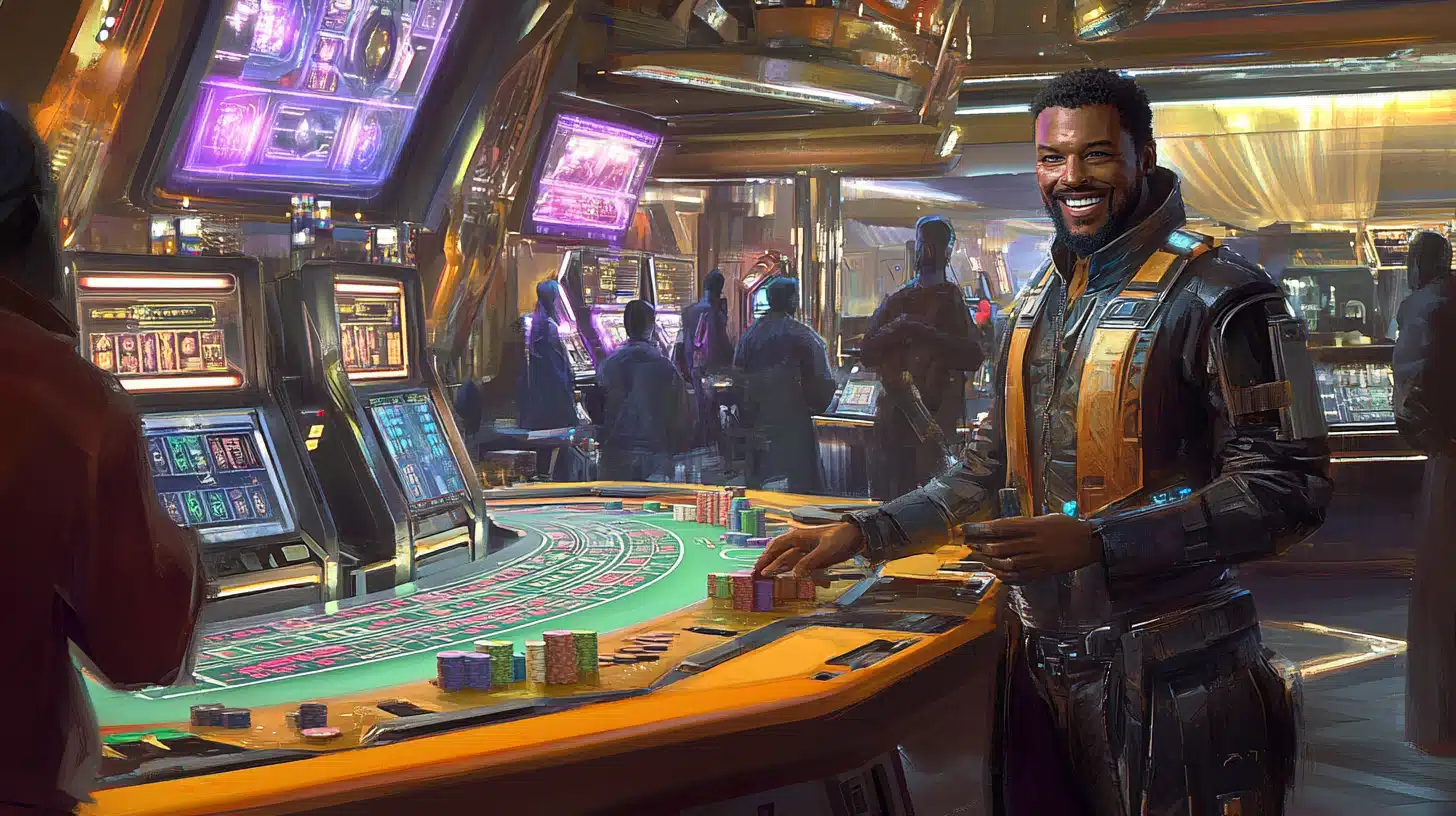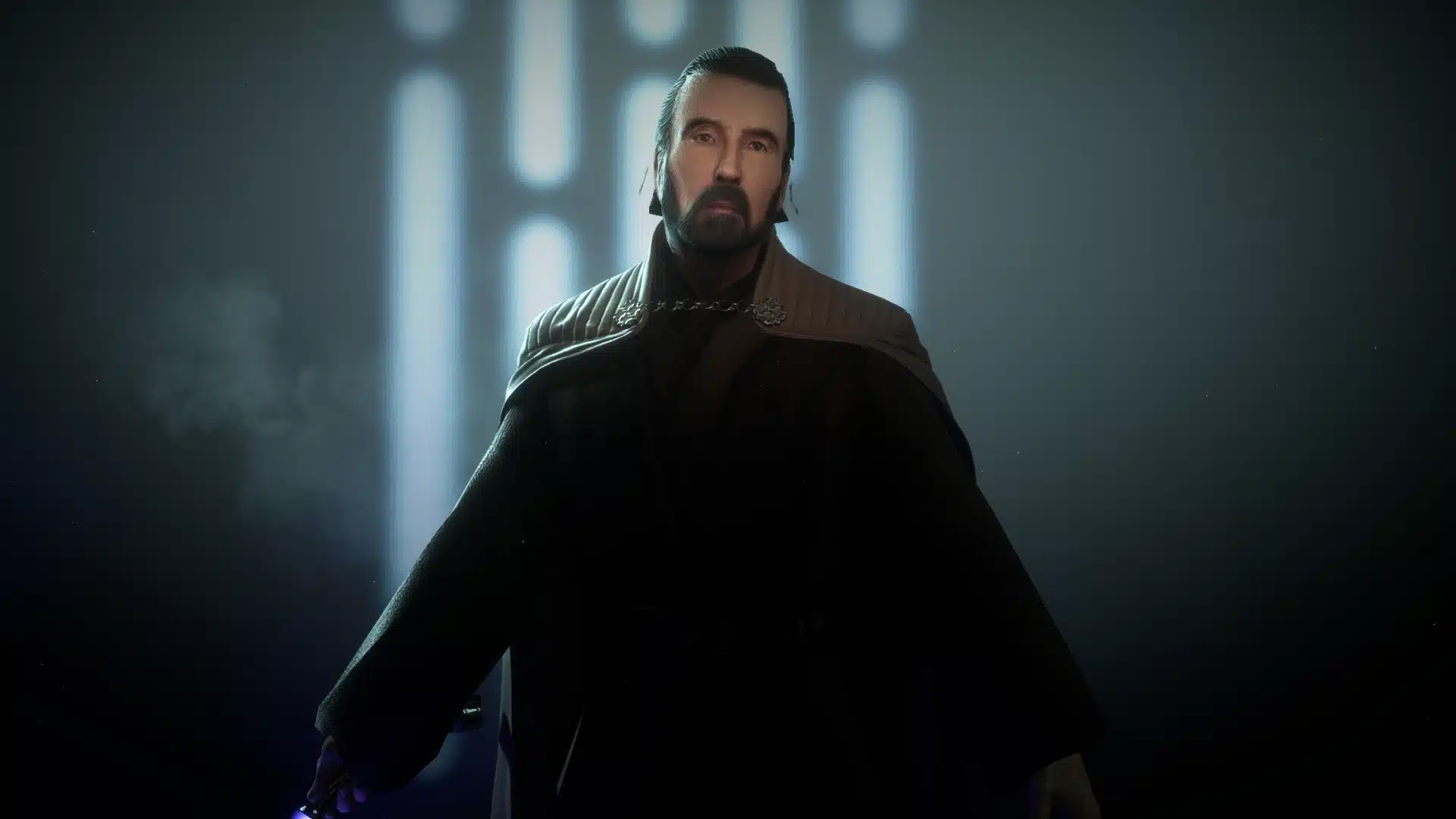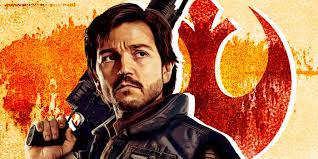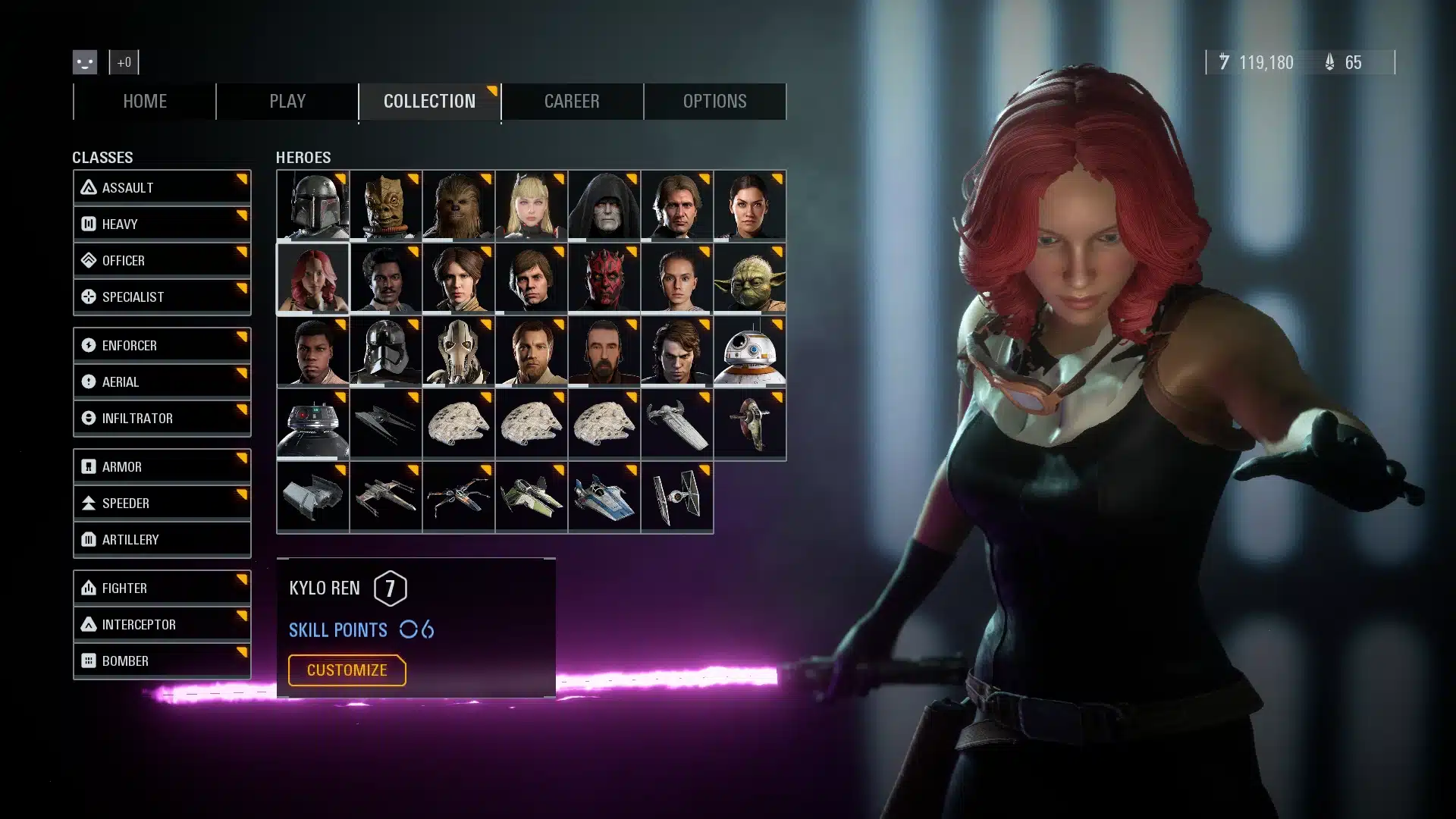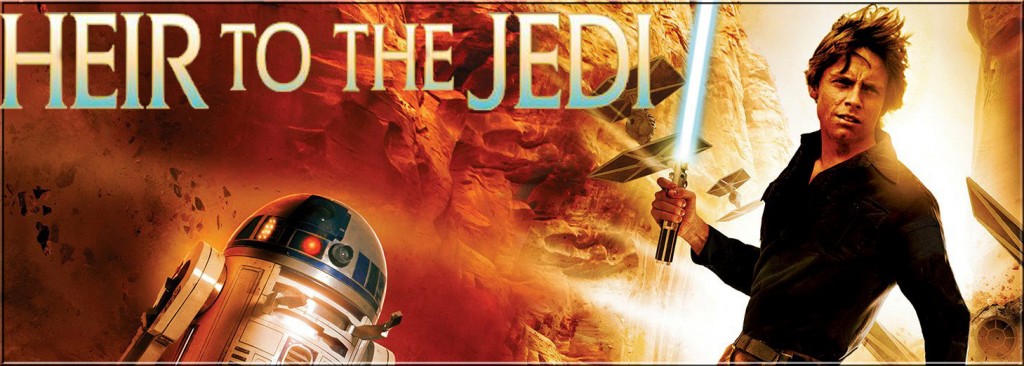Cyberpunk 2077 became one of the most predicted game releases of 2020. The game created massive hype before its December 11 launch. This detailed review looks at the ambitious title that takes players to Night City – a sprawling metropolis with six distinct districts. Each district showcases its own unique mix of wealth, poverty, corporate power, and rebellion.
The game delivers a rich experience through deep role-playing mechanics and intricate world-building, though it faced technical issues at launch. Players follow V, a customizable protagonist who shares consciousness with Johnny Silverhand (played by Keanu Reeves). This unique dynamic pushes the story forward naturally. The branching narratives let players shape their own experience. They can choose first-person combat, stealth tactics, or hacking abilities to overcome challenges. Our review dives deep into every aspect of this complex game world that rewards players who value narrative depth and technological themes.
Creating Your Character in Night City
Character creation is the basis of your journey through the neon-drenched streets of the night city. The choice you make at the beginning will shape your image and determine how you will interact with the cyberpunk world and its inhabitants. Start your adventure by purchasing a copy of cyberpunk 2077 cdkeys.
Life paths and their effect on gameplay
The game has three different starting stories or “life paths” that set up V’s background: Nomad, Street Kid, and Corpo. Each path starts with a unique prolog mission where you meet Jackie Welles, your future partner-in-crime, in different ways.
The marketing pitched life paths as game-changing choices, but they mostly add dialog options without changing the main story. Nomads start in the Badlands outside Night City with desert survival skills and resourcefulness. Street Kids begin in Heywood and know Night City’s underbelly and gang dynamics well. Corpos start as Arasaka employees with insider knowledge before they get thrown out.
Life paths don’t change your attributes, perks, romance options, or the game’s endings. They do give you unique dialog choices that match your character’s background and sometimes open new conversation paths.
Character customization options
Cyberpunk 2077 has one of gaming’s biggest character creators, though it comes with some limits. Players can choose from 51 hairstyles, 39 eye colors, and many facial feature combinations. Your voice choice (masculine or feminine) decides how NPCs talk to you and which romance options you can pursue.
The creator lets you customize details like cybernetic implants, facial scars, tattoos, and even genitals. After the 1.5 patch, you can change many parts of V’s look using apartment mirrors. The 1.6 update added ripperdoc clinics where you can modify skin, facial features, and body parts.
Body type, voice, and body tattoos stay permanent after creation. This limitation goes against the cyberpunk genre’s focus on easy body modification and feels like a missed chance in an otherwise detailed creator.
Skill trees and attribute systems
Your success in Night City depends on five core attributes: Body, Intelligence, Reflexes, Technical Ability, and Cool. Each attribute starts at 3 points. You get 7 more points to use during character creation, with a maximum of 6 points in any single attribute at first.
Body makes you healthier, stronger, and better at melee combat while improving athletics. Reflexes helps with critical hits and weapon handling. Technical Ability makes your armor better and lets you craft items. Intelligence helps with hacking and RAM capacity. Cool makes you stealthier and increases critical damage.
The game also has five skills you can train—Headhunter, Netrunner, Shinobi, Solo, and Engineer—that grow as you play. To name just one example, using bladed weapons and quick movements builds your Shinobi skill, while crafting and using tech weapons improves your Engineer abilities.
Each attribute point gives you specific benefits: +2 health per Body point, +0.5% critical chance per Reflexes point, +2 armor per Technical point, and +1.25% critical damage per Cool point. This system might seem complex, but it lets you create many different character builds for hacking, combat, or melee fighting.
Exploring the Cyberpunk World of Night City
Night City pulses with neon energy and cybernetic grit. This immersive playground stands as the beating heart of the Cyberpunk 2077 experience. The sprawling metropolis lets players explore diverse areas, each bringing its own atmosphere and dangers.
District breakdown and unique environments
Night City spans six inner-city districts and the surrounding Badlands. Each area boasts its unique architectural style and cultural identity. Watson showcases Japanese and Chinese influences throughout its streets. The Kabuki subdistrict features bustling bazaars in its alleyways, while Little China houses entertainment hubs. Westbrook draws the city’s wealthy residents. North Oak serves as home to the rich and famous, and Japantown boasts the best entertainment spots you’ll find in Night City.
The City Center belongs to corporations with its towering skyscrapers and massive megascreens. Corpo Plaza lets these companies rule themselves without outside control. Pacifica tells a different story – an abandoned tourist resort that crumbled after the global financial crisis hit. The Voodoo Boys now rule its empty hotels, set against beautiful yet haunting ocean views.
Heywood shows two faces – luxurious spots for the wealthy next to streets where the Valentinos gang calls the shots. Santo Domingo runs the city’s industrial heart. The district splits between Arroyo’s factory complexes and worker housing in Rancho Coronado. Outside the city, the Badlands stretch far and wide. Nomadic clans roam these empty plains, a world apart from urban Night City.
Population and NPC interactions
Life in Night City changes from district to district. Pacifica’s wide boulevards echo with distant sirens and gunfire but see few pedestrians. Heywood comes alive with people doing tai chi in parks and eating at noodle bars. You might even catch Valentinos gang members taking photos.
NPCs react based on what you do. Security spots you quickly if you carry heavy weapons in corporate areas like Corpo Plaza. Most citizens react when you show up naked, though homeless NPCs don’t seem to care. Your clothes make a difference too. Gang outfits help you blend in with allies but make rivals more likely to spot you. These effects stack up across different clothing items.
The way you handle quests shapes how gangs treat you in Night City. Take on missions against certain groups, and their members might attack you on sight in their territory.
Transportation options
Getting around Night City’s layered urban sprawl needs smart planning. The NCART (Night City Area Rapid Transit) runs through 19 stations on five different lines. Since Patch 2.1, these stations work both as fast travel points and actual trains you can ride. Passengers can look out windows, stand by doors, or tune into radio stations through the Radioport feature.
Night City offers three taxi services:
- Red Cab, Inc. — The biggest service that picks you up in five minutes
- Aerocab — Costs more but flies you safely above street dangers
- Combat Cabb — Takes on dangerous areas with armed cars and skilled “battledrivers”
Honda-Avis and the AI-run Renta-Robo rent out cars to anyone needing temporary wheels. Night City grows as much upward as it does outward. Elevators and multiple street levels lead to hidden spots, including rooftops packed with valuable loot and rare crafting materials.
Main Story: V’s Journey with Johnny Silverhand
Cyberpunk 2077’s main story centers on a surprising partnership that changes V’s life forever. The game’s true story emerges after character creation and the original missions establish your place in Night City. Players discover a complex relationship with an iconic digital ghost.
The heist and its consequences
The pivotal heist mission at Konpeki Plaza changes everything. V and Jackie try to steal an experimental biochip called the Relic from Yorinobu Arasaka. Their job spins out of control as they witness Yorinobu murder his father, Saburo Arasaka. Jackie plugs the Relic into his head to keep it safe but suffers fatal injuries and dies during their escape. Their fixer, Dexter DeShawn, betrays and shoots V. The Relic in V’s neural slot saves their life but adds an unexpected passenger: Johnny Silverhand’s digital consciousness begins to overwrite V’s mind.
Building a relationship with Johnny
Johnny becomes V’s reluctant partner after their hostile start. Their bond grows stronger through specific dialog choices in key missions. Players can boost their relationship by 9% in “Automatic Love” by not taking omega blockers. The bond strengthens further with conversations during “Transmission” (5%), “Life During Wartime” (5%), and “Search and Destroy” (5%).
“Chippin’ In” offers the most substantial relationship boost, where the right dialog choices increase Johnny’s friendship by 15%. Players can gain additional 10% improvements in both “Blistering Love” and “Holdin’ On”. The relationship maxes out at 70% in the base game, with potential to reach 85% in the Phantom Liberty expansion.
These relationship scores are vital because reaching 70% unlocks the secret ending “(Don’t Fear) The Reaper”. V storms Arasaka Tower alone with Johnny in this ending. The dialog choices shape Johnny’s growth from a self-centered rocker into someone who understands empathy.
Key story missions and their effect
V and Johnny’s experience deepens through several missions. Players learn about Johnny’s past by accessing his memories of Alt Cunningham in “Transmission”. Anders Hellman’s interrogation about the biochip becomes a vital part of “Life During Wartime”. “Tapeworm” conversations appear after main missions and let Johnny and V share intimate moments about their worsening situation.
“Chippin’ In” marks a crucial shift as Johnny takes control of V’s body. He visits his grave and reconnects with old flames and bandmates. This leads to a date with Rogue in “Blistering Love” and Samurai’s reunion gig in “Holdin’ On”.
The story concludes with “Nocturne OP55N1”, where your connection with Johnny shapes the available endings. The “Temperance” ending lets players achieve a 100% relationship with Johnny, but V must give up their body to him completely.
This personal story makes players think about identity, sacrifice, and leaving a meaningful legacy in Night City’s harsh digital world.
Side Quests That Rival the Main Story
Night City’s side content packs more emotional punch and better storytelling than the main plot. Players and critics praised these quests even during the game’s rocky launch.
Character-driven storylines
Cyberpunk 2077’s best writing shines through its companion quests that dive deep into characters from all walks of Night City’s society. Players can access Johnny’s optional missions at the start of Act 3. These let the digital rockstar take control of V’s body to settle old scores. Players who complete these missions see new sides of Keanu Reeves’ character and might unlock an extra ending.
Kerry Eurodyne’s tale shows how artists survive in Night City’s money-hungry world. Judy Alvarez’s story arc tackles sex worker exploitation in this dystopian future. Her quest “Pyramid Song” stands out as one of the game’s most touching moments. Panam and her nomad family bring a fresh view away from Night City’s values, and their story path leads to another possible ending.
River Ward’s storyline breaks from typical action with detective work mixed into family drama. Many players think “Sinnerman” is the game’s deepest moral challenge as it follows a killer who wants his execution recorded as a braindance.
Gigs and smaller contracts
Each district’s fixer hands out quick jobs based on street cred levels. Dakota Smith runs Badlands jobs, Dino Dinovic handles City Center, and Sebastian Ibarra manages Heywood work. Districts need different street cred rankings from rookie (Tier 1) to pro (Tier 4).
Jobs range from theft and sabotage to rescue and assassination missions with varying quality. Some missions really stand out – “Woman of La Mancha” in Kabuki and “Flying Drugs” in Charter Hill pack solid stories into short adventures. Phantom Liberty made these better by adding face-to-face client meetings that feel more like proper side quests.
Hidden gems in Night City
Secret quests dot the massive cityscape. Players meet Brendan, a smart vending machine that builds real human bonds. “FF06B5” remains a partial mystery that sends players hunting through Night City’s streets.
Update 2.1 brought surprises like the Trauma Drama arcade game where high scores earn special uniforms. The Highwayman quest takes players on an emotional ride that ends with a unique motorcycle – it’s one of the most touching hidden stories in the game.
These side stories show why players praised Cyberpunk 2077’s quest design even when they criticized other parts of the game.
Combat and Gameplay Mechanics
Cyberpunk 2077’s combat system lets players tackle fights in their own way. The game rewards you for trying different approaches and your choices affect both immediate battles and how your character grows over time.
Weapons and combat styles
The game’s arsenal splits into three tech categories. Power weapons work like regular guns but pack extra punch, with a basic 5% ricochet chance that specialized cyberware can boost to 100%. Smart weapons fire self-guided bullets that track enemies, but you’ll need Smart Link cyberware to use them properly. Tech weapons pack electromagnetic railgun tech to shoot through walls when charged.
Close combat gives you just as many options. Bladed weapons such as katanas let you strike fast and deadly – perfect for silent kills. Blunt weapons hit harder but slower, with a chance to stun enemies. The 2.0 update made melee combat better by adding new attack types:
- Fast attacks (tap RT/R2)
- Heavy attacks (hold RT/R2)
- Defensive attacks (RT/R2 while blocking)
- Special moves (sprint, jump, and slide attacks)
Hacking and netrunning
Update 2.0 completely changed netrunning from a stealth-only option to a full combat style. The system uses two main tools: Quickhacking to target enemies and electronics, and Breach Protocol to access terminals. Both use RAM, which depends on your operating system.
Smart quickhack combinations can create powerful effects. Your damage output jumps when you hit enemies with Cyberware Malfunction before Short Circuit. Netrunners can trade health for RAM using the Overclock ability, which lets them keep hacking during tough fights.
Stealth vs. direct approaches
Direct combat gets results fast, but stealth has its perks. Many missions can be finished without anyone knowing you were there if you move carefully and take down enemies smartly. The downside? Stealth takes time, especially when you need to position multiple enemies for takedowns.
Mixing both styles often works best. Starting with Breach Protocol gives you an edge even if things get loud later. You can also hack security cameras to hit enemies from far away without showing yourself.
Cybernetic enhancements and their effects
Cyberware changes how you fight beyond just looks. Mantis Blades slice through enemies with deadly precision, while Gorilla Arms turn you into a boxing champion. The Monowire works double duty as both weapon and hacking tool, letting you cut enemies while spreading quickhacks.
Your body mods can also give you passive advantages. Reflex Tuners slow down time when you’re almost dead, giving you a chance to fight back or run. Kerenzikov creates bullet-time after successful dodges, and Synlungs help you recover stamina faster.
New players should know that in the game’s story, too much cyberware might trigger cyberpsychosis, though this plays out differently in actual gameplay.
Conclusion
Cyberpunk 2077 shows evidence of ambitious game design that gives players the freedom to shape their experience through Night City. The original release had technical problems, but updates have made it an exceptional game.
The game shines through its perfect mix of compelling story and versatile gameplay. My experience with V and Johnny Silverhand created countless memorable moments, from intense gunfights to emotional side missions. Deep character customization and meaningful progression choices will give each playthrough a personal touch.
Night City stands out as gaming’s most detailed and atmospheric environments. Every district tells a unique story and rewards exploration with hidden treasures and memorable encounters. The complex web of relationships between gangs and corporations creates a living world that changes based on player’s choices.
The game stays available to new players while offering enough depth for hardcore RPG fans. Cyberpunk 2077 shows that bold artistic vision can create something special in gaming when refined properly.



